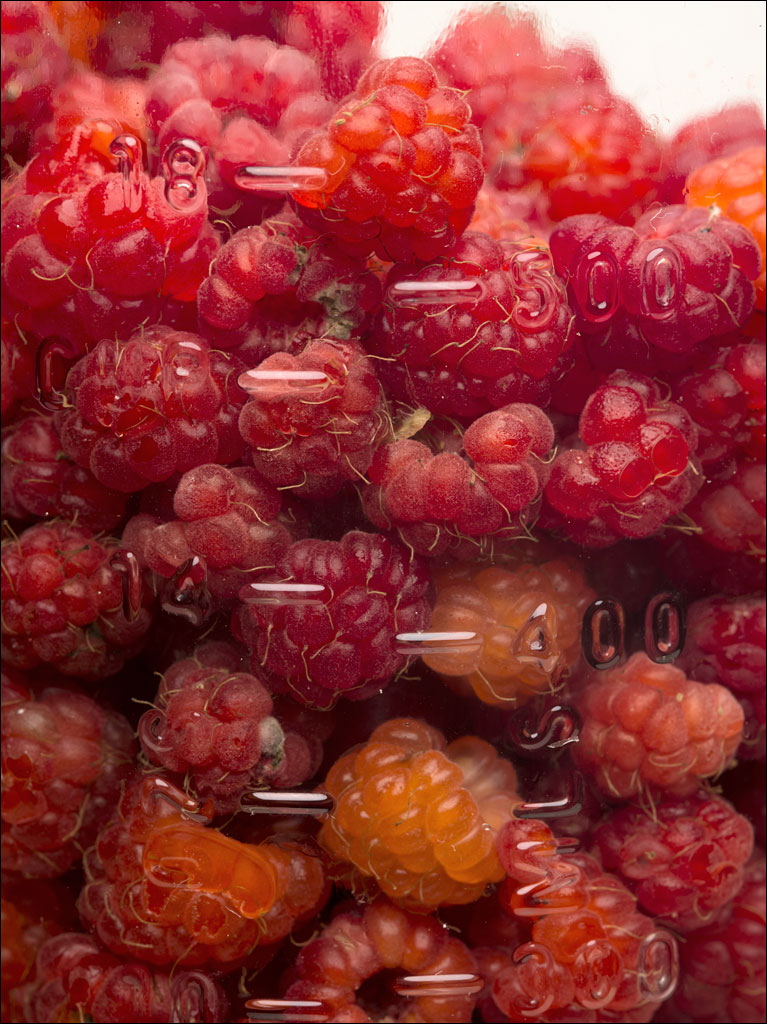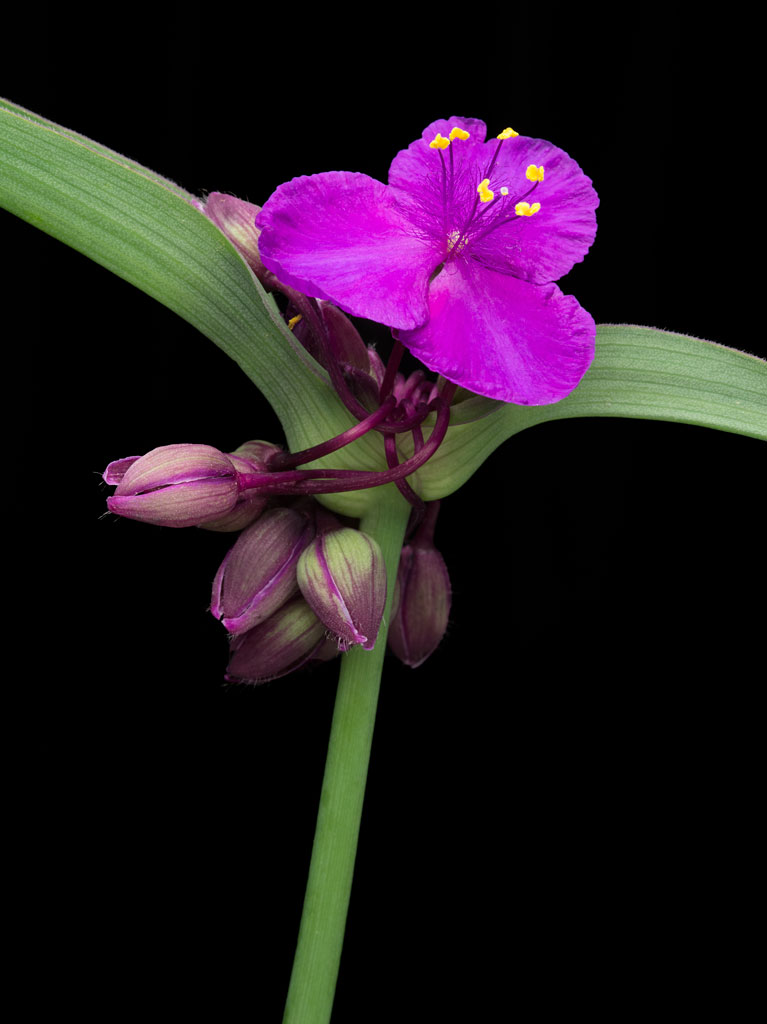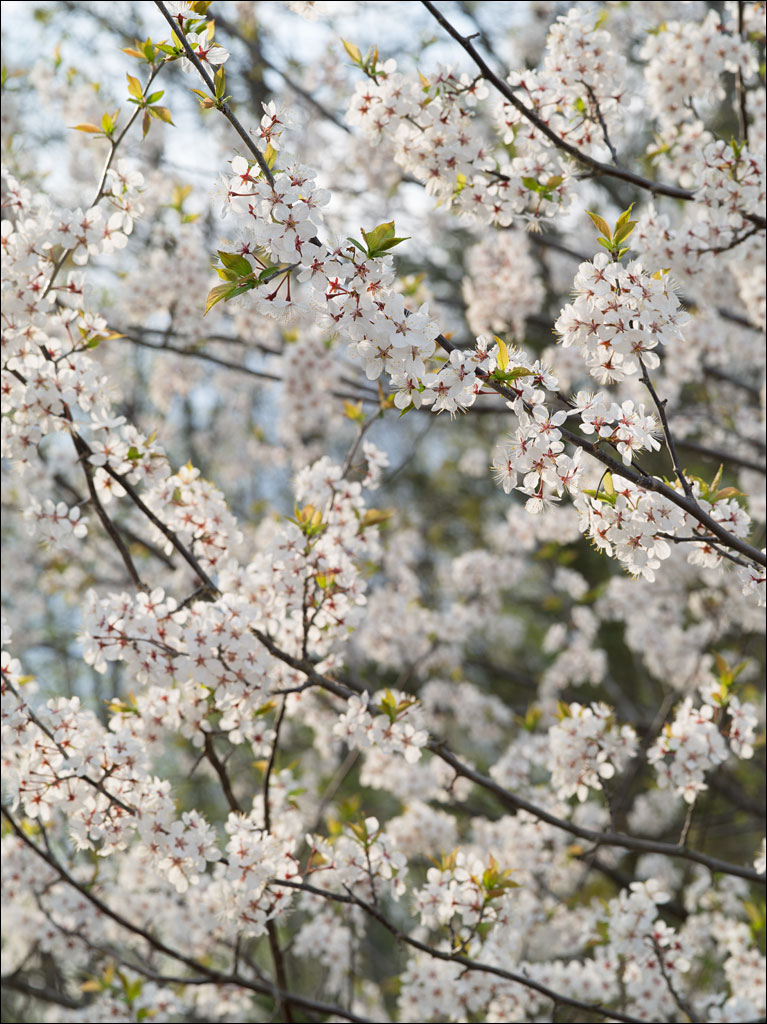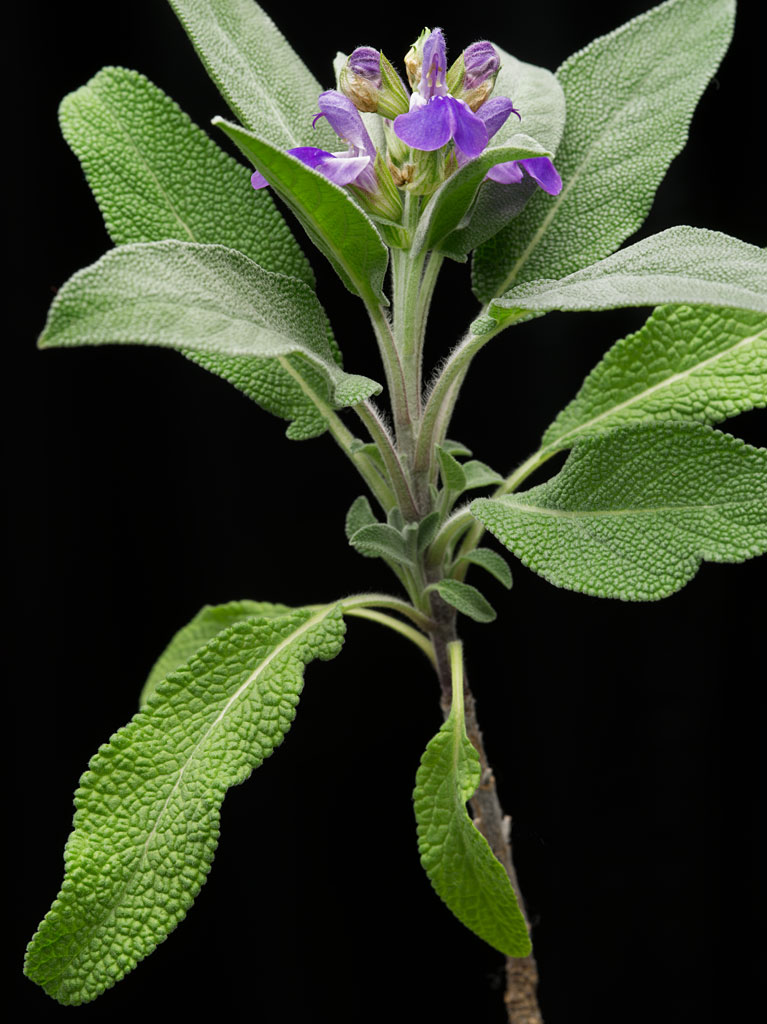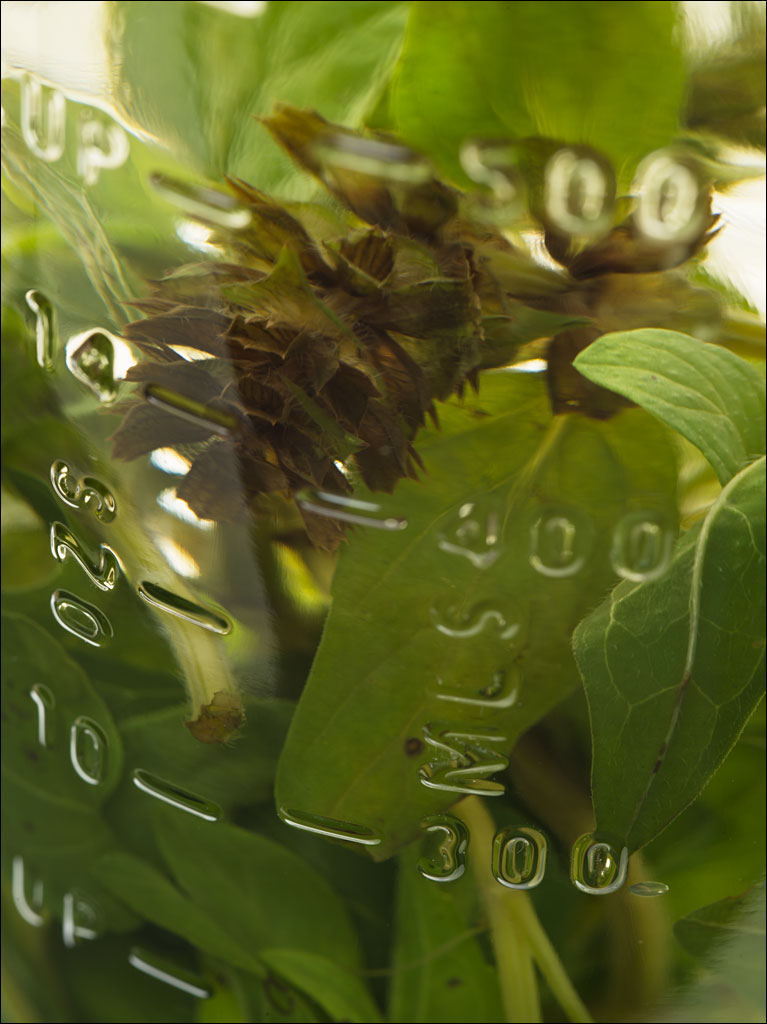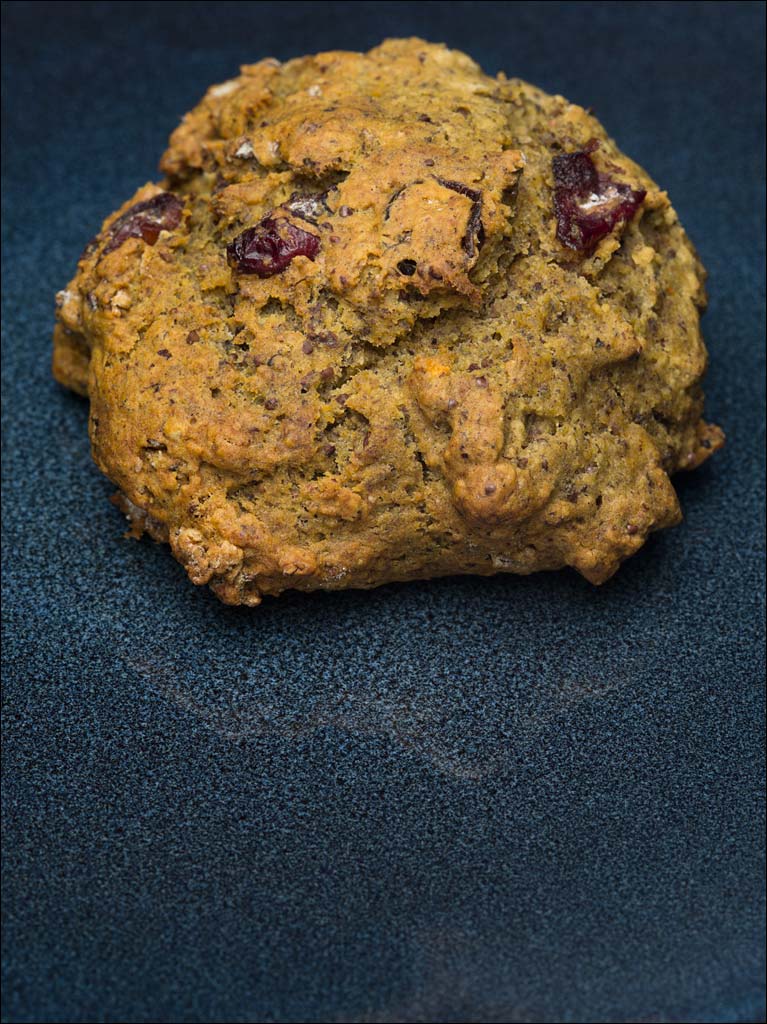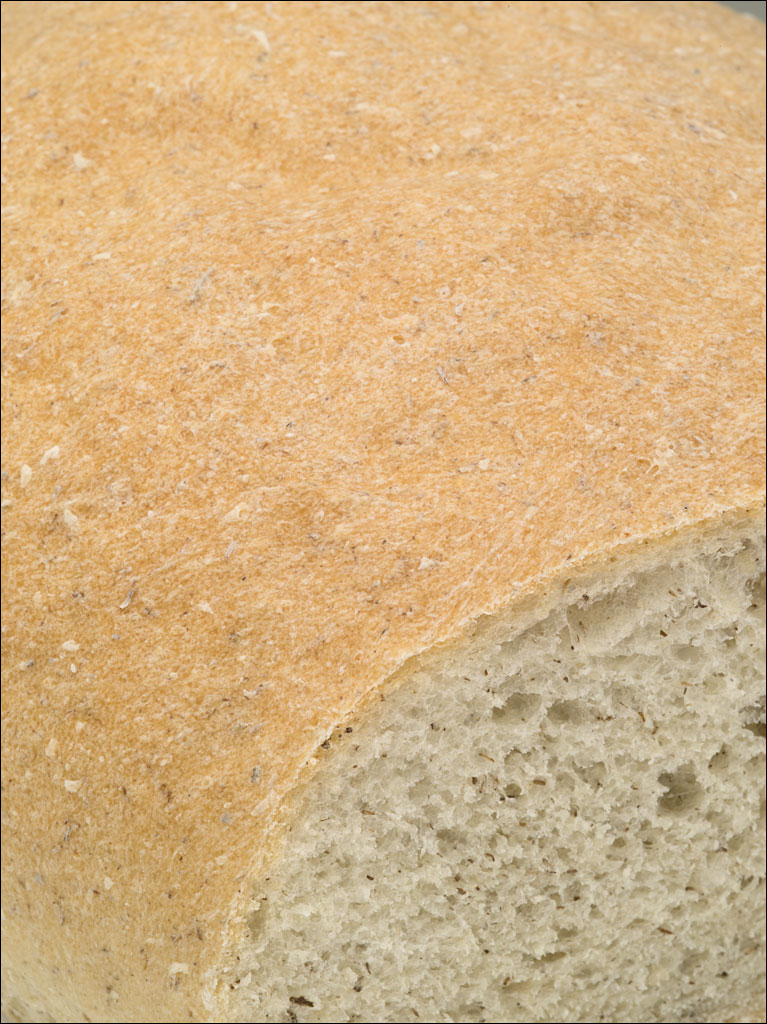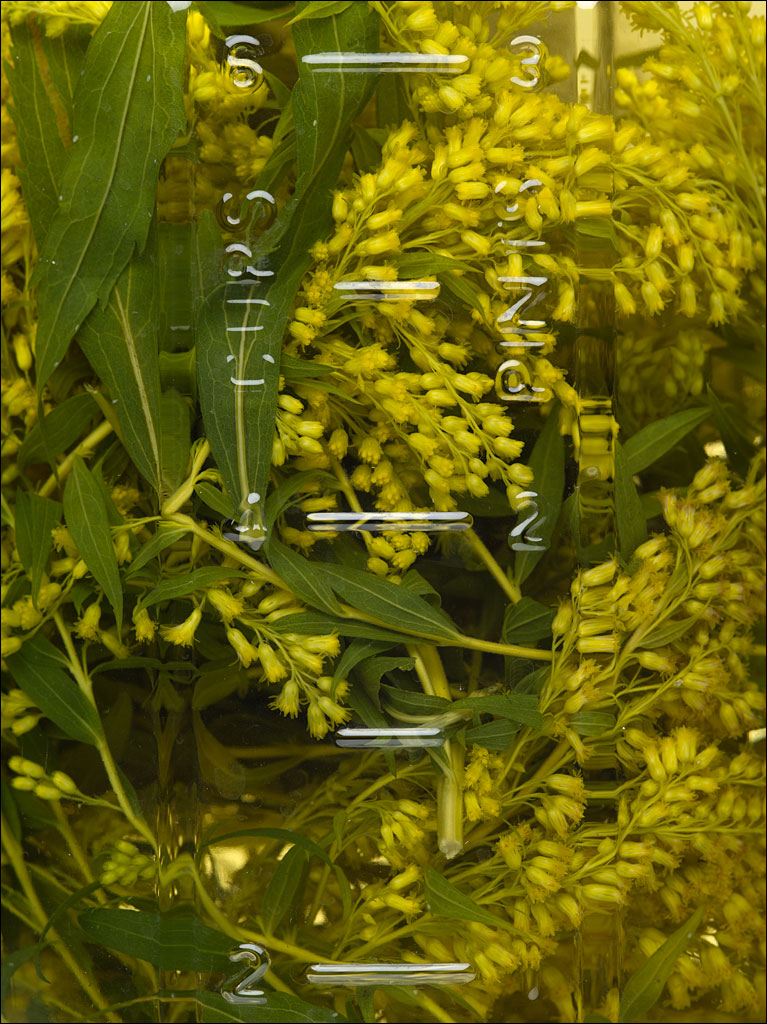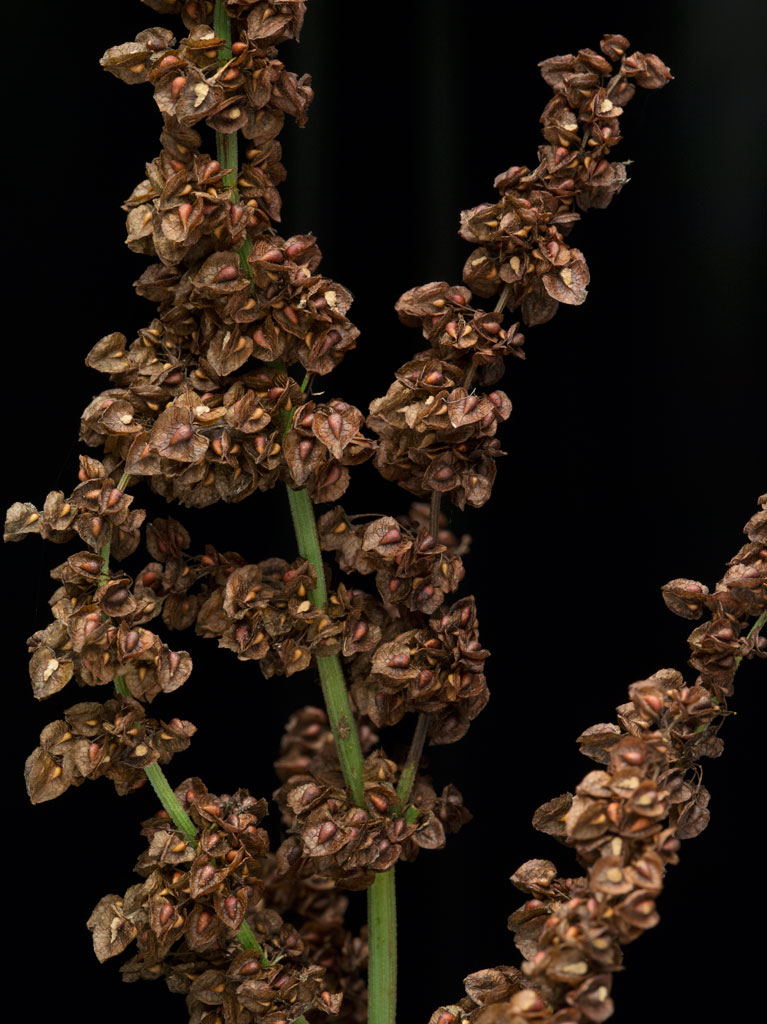 Raspberry-leaf tea is great all year round. In summer, we mix it with mint or Japanese green tea and serve it cold. In winter, we mix it with camomile and drink it hot. Raspberry-leaf tea is claimed to have various medical benefits, particularly for women.
Raspberry-leaf tea is great all year round. In summer, we mix it with mint or Japanese green tea and serve it cold. In winter, we mix it with camomile and drink it hot. Raspberry-leaf tea is claimed to have various medical benefits, particularly for women.
In July, we harvest the new shoots of our wild raspberry. We air dry the leaves on the branches indoors, and finish by placing the leaves in a dehydrator. The tea is light and sweet. Wild raspberry spreads quickly and is considered a weed, but we value it as a herb and source of soft fruit. We have several varieties. Click on the image for a larger view.

